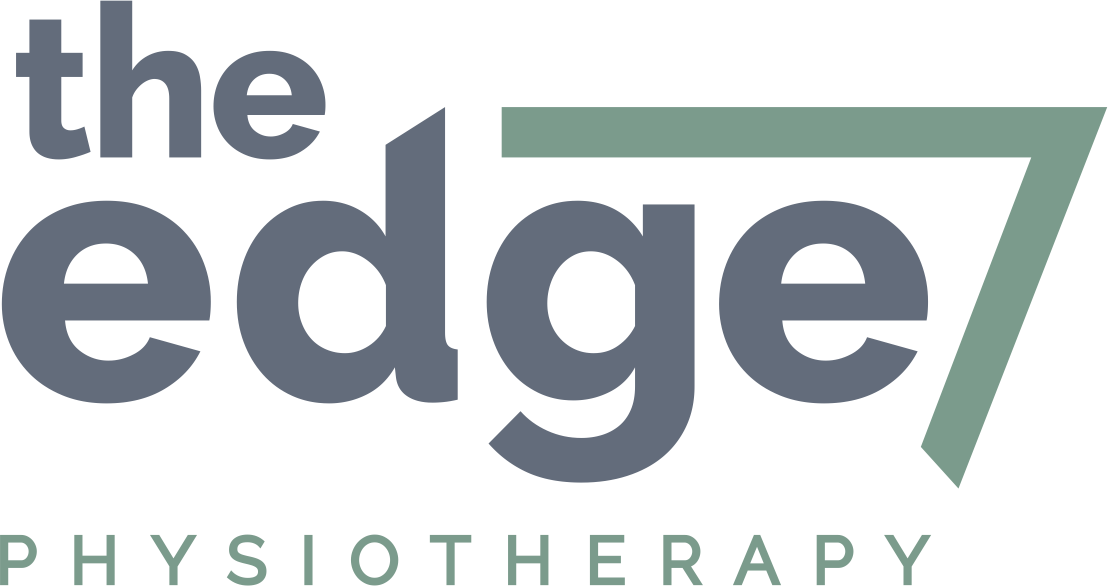Flexibility and Stretching
Stretching has always been part of any rehabilitation or training program. Traditionally coming into it’s own in the 1980s, how flexible you are as a dancer seems to be of constant concern for every dancer or patient I meet. “I’m not very flexible” or “I have to work really hard to be flexible”. Many dancers will struggle with an ideal of how flexible they should be whether it is because of feedback from their teachers, friends, or because of comparisons that inevitably occur with other students. One of the most common errors I see in young dancers is repetitive stretching into compromising positions. While it seems like there is little harm being done at the time, it is not until a patient limps into my office with an MRI that shows a tear of the Ligamentum Teres at the hip which is detrimental for walking let alone dancing ever again. See image below. Direct stretching alone without instruction can have detrimental effects to the young adolescent body. By understanding the science behind body tissue we can better facilitate safe practices for our children.
Types of stretches
There are in fact three main types of stretching:
1) dynamic: moving stretches eg. walking lunges; are good for warming up and correlate with reduced injury risk if done prior to sport and increases performance
2) static: holding stretches of low force and long duration such as a holding calf stretch; muscle length changes occur for around 30mins after the fact, but increases your risk of injury if done prior to the chosen sport
3) Proprioceptive Neuromuscular Facilitation stretching (PNFS) which is a contraction of a muscle or its antagonist before stretching, for example a biceps stretch, I can contract the muscle and relax or contract the triceps as it is the antagonist
Essentially, we need flexibility in the right places. For example, can I touch my toes? this is very important for say acrobats who routinely go from upper to lower limb weight bearing movements. Or how much hip turnout range do I have? which is essential for any form of dance. Getting the balance right between what type of stretching you need and how to implement it is of great importance.
Joint mobility
We must also keep in mind general joint mobility, and what has been identified as Hypermobility, as I have discussed in a previous post. The patients general level of joint Hypermobility will drastically change the type of stretching regime they are prescribed. Your joints may be quite flexible indeed even though you can’t touch your toes, and there is more to flexibility that just joint mobility. Uncontrolled joint mobility and instability is of great concern when considering the young adolescent dancer. Increasing their risk for injury and inability to engage in their chosen sport.
Neural tension and the stretch reflex
What is your neural tension like? Neural tension is a reflection of how well the nerves are gliding through tissue which includes bones, connective tissue, and muscle. Very often I will assess a dancers ability to lift the leg or do the splits, and underlying that is a degree of tension of the neural tissue causing pain or restriction in movement. The last factor that inhibits stretching/flexibility training is the stretch reflex. A complex system, the stretch reflex is a protective mechanism of the central nervous system that stops us from over-stretching tissue, eg. I’ve rolled my ankle, but as I did I was able to avoid completely going over the ankle and caught myself, this is the stretch reflex coming into play. But considering it is a big topic, I may leave this for another post. Having said that, we can implement programs that work gently with the stretch reflex to achieve greater changes in tissue length and joint range.
However it occurs, flexibility is important for every dancer, but your ability to control it is even more important. By implementing a sound stretching and strengthening regime into your practice, you will surely gain that extra range you’re craving with your forward bend or splits in a safe and long term manner.


